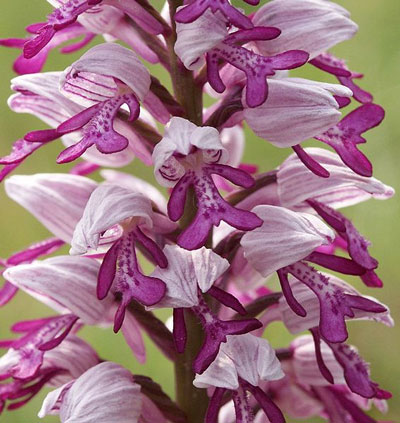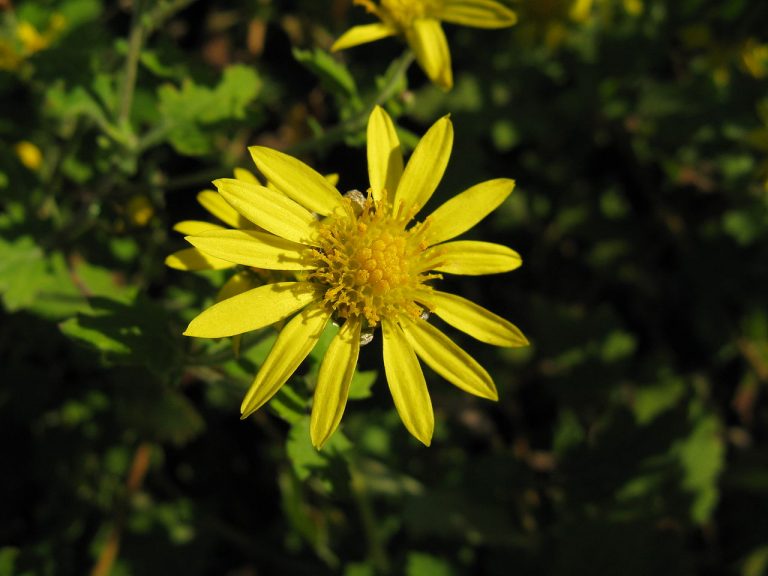Orchid – Symbolizing Virility in Ancient Greece, and Luxury in Victorian England
Scientific Classification
| Kingdom: | Plantae |
| (unranked): | Angiosperms |
| (unranked): | Monocots |
| Order: | Asparagales |
| Family: | Orchidaceae Juss |
| Type genus: | Orchis |
Orchidaceae represents a varied and extensive group of flowering plants that are for the most part fragrant, bright-colored, and generally fall under the family of orchid plants. The Asteraceae and Orchidaceae are among the two greatest groups of flowering plants in the world, consisting of about 22,000 to 26,000 species that represent 88o genera. Vanilla, Orchis (genus type), and several other naturally growing plants like the Cattleya and Phalaenopsis also integrate into this family. Moreover, ever since they introduced the tropical varieties in the Nineteenth century, botanists have generated over 100,000 cultivars and hybrids. The glorious orchids have become so important that the American Orchid Society, founded in 1921 focuses on research, conservation and education on the members of the Orchidaceae family. While the ancient Greeks symbolized orchids for virility, Victorian England associated it with luxury.
Anatomy
Many consider the orchid group of plants, comprising over 25,000 species, as the largest family of flowering plants worldwide, leading to a great variation in the specific description of the flowers. You can see orchids in a range of colors like white, blue, yellow, red or orange and perhaps even in black. Some flowers carry markings and these flowers, with pale green leaves, emit a wonderful fragrance.
How to Cultivate Domestically

Preparation for Planting
Locate your orchids where you have natural sunshine and not where the sun is too bright. In case you place your orchids in a window that receives direct sunlight especially in summer, you would do well to shift the plant to an adjacent counter or table where there is only indirect sunlight.
Planting
- Give your orchid plant sufficient light.
- When the leaves manifest a strong purple shade either in the form of dots on the leaf or if the whole leaf, turns purple, shift the plants to an area of lesser light. This is an indication that it is time for blooming and that the plants have received enough sunlight.
- When the leaves have turned dark green, give the plants more sunlight. This is an indication that the plants have received insufficient sunlight to produce nutrients and to grow.
- Make sure that the soil drains well and if the plant is indoors, remove the drainage dish prior to watering.
- The orchid needs enough air circulation, and if you are growing it indoors, you need to place a fan near the orchid.
Placement and Watering
The tender roots of the orchid need support for its growth and prosperity; so plant them in small pots or containers. You may have to undertake repotting of some orchids every year, whereas many others flourish for years in the same pot. For the plants acclimatized to tropical climates, plant them in pots with a potting mixture of mulch, and water them. Tropical orchids grow naturally in a humid and moist habitat. Avoid excess watering of the orchids to save them from damage. Limit the watering of orchids to make sure to retain the moisture in it without soaking the roots.
Flowering Period
The orchid flowers stay for a few weeks and perhaps up to three months. They re-bloom up to thrice a year in cool temperatures. The species Phalaenopsis blossoms from January right through May.
After Bloom Care

After blooming, when the growth of leaves ceases, cut the quantum of fertilizer and water until fresh leaves start sprouting once again. Once the flowers fall from the orchid, you have three choices at your disposal: cut the orchids back to its node, leave the flower spike (or stem) as such or remove it fully. If you want your orchid to repeat blooming, leave the stem intact; you have chances of new flowers growing from the tip. If not, cut the stem back towards the second or third node, you can see this by a triangular marking.
As Cut Flowers
The grading for orchids among the cut flowers, is like that of precious stones in the jewelry or diamonds market. Therefore when you select flowers for typical ceremonies like birthdays, wedding, and anniversaries etc. You will not find anything better, richer and more gorgeous than your freshly cut orchids. Bear in mind that all orchids are not good as cut flowers. The orchids blossom fast; they never fade, last longer and do not discolor or spot easily.

Having discovered a fondness for insects while pursuing her degree in Biology, Randi Jones was quite bugged to know that people usually dismissed these little creatures as “creepy-crawlies”.







